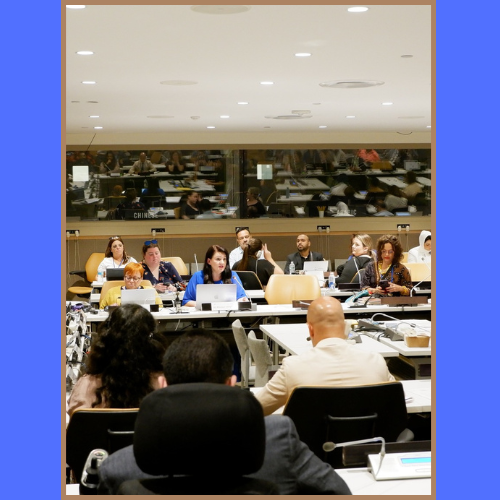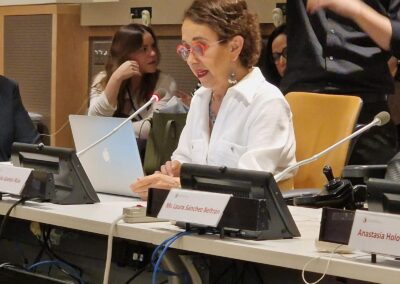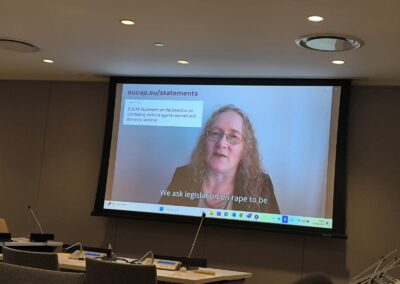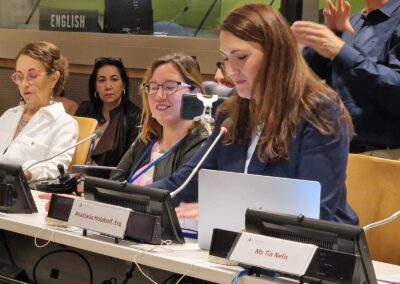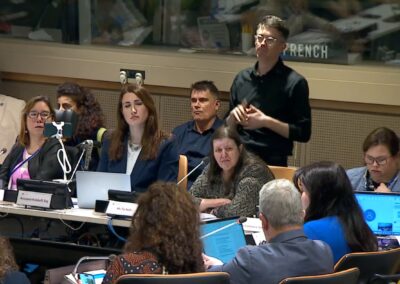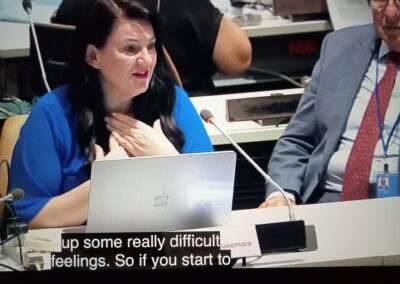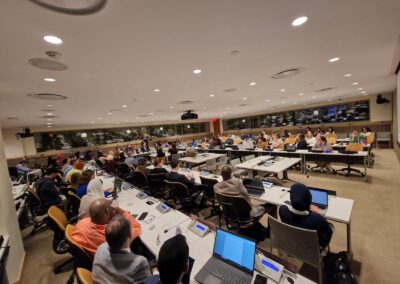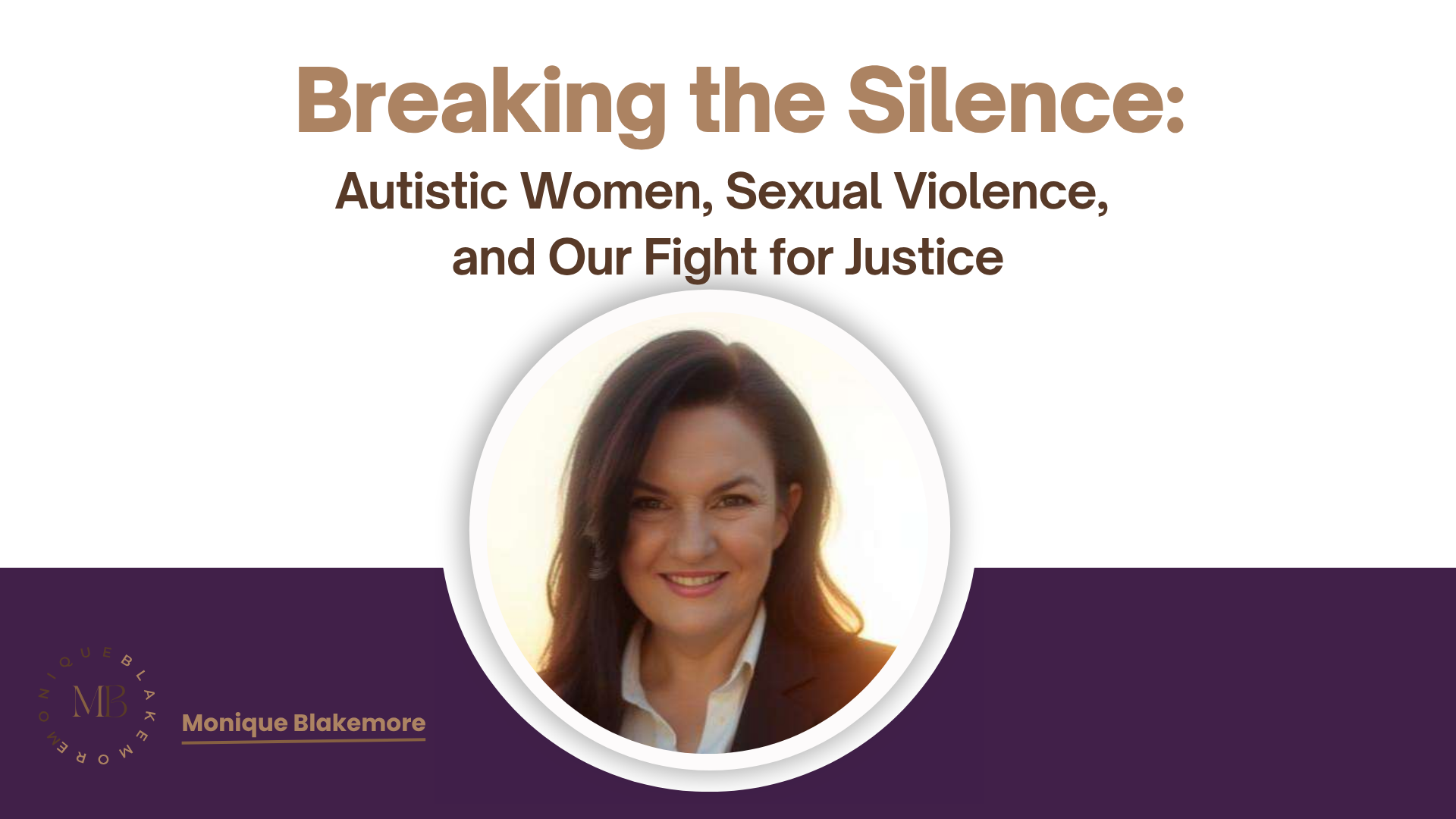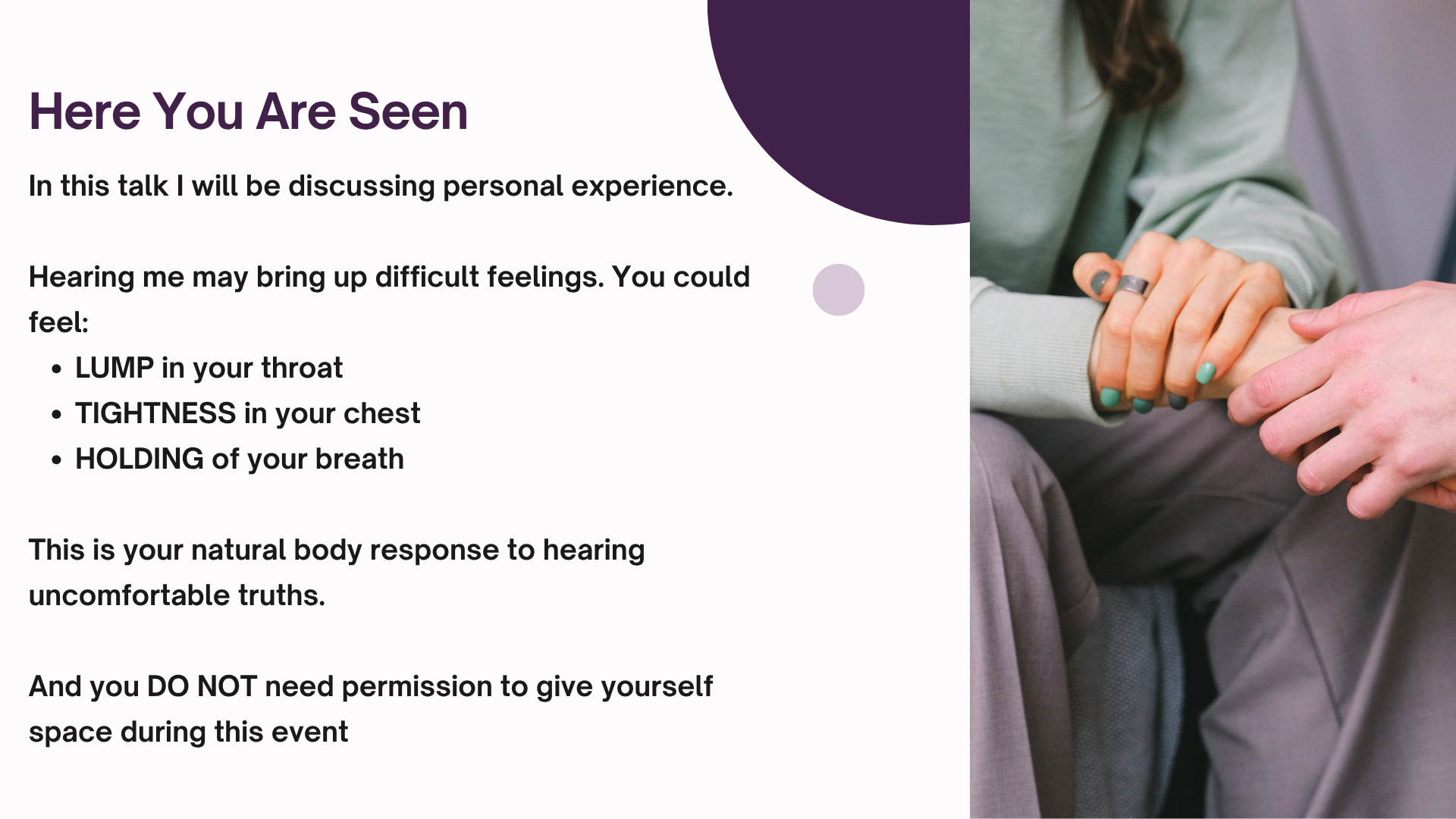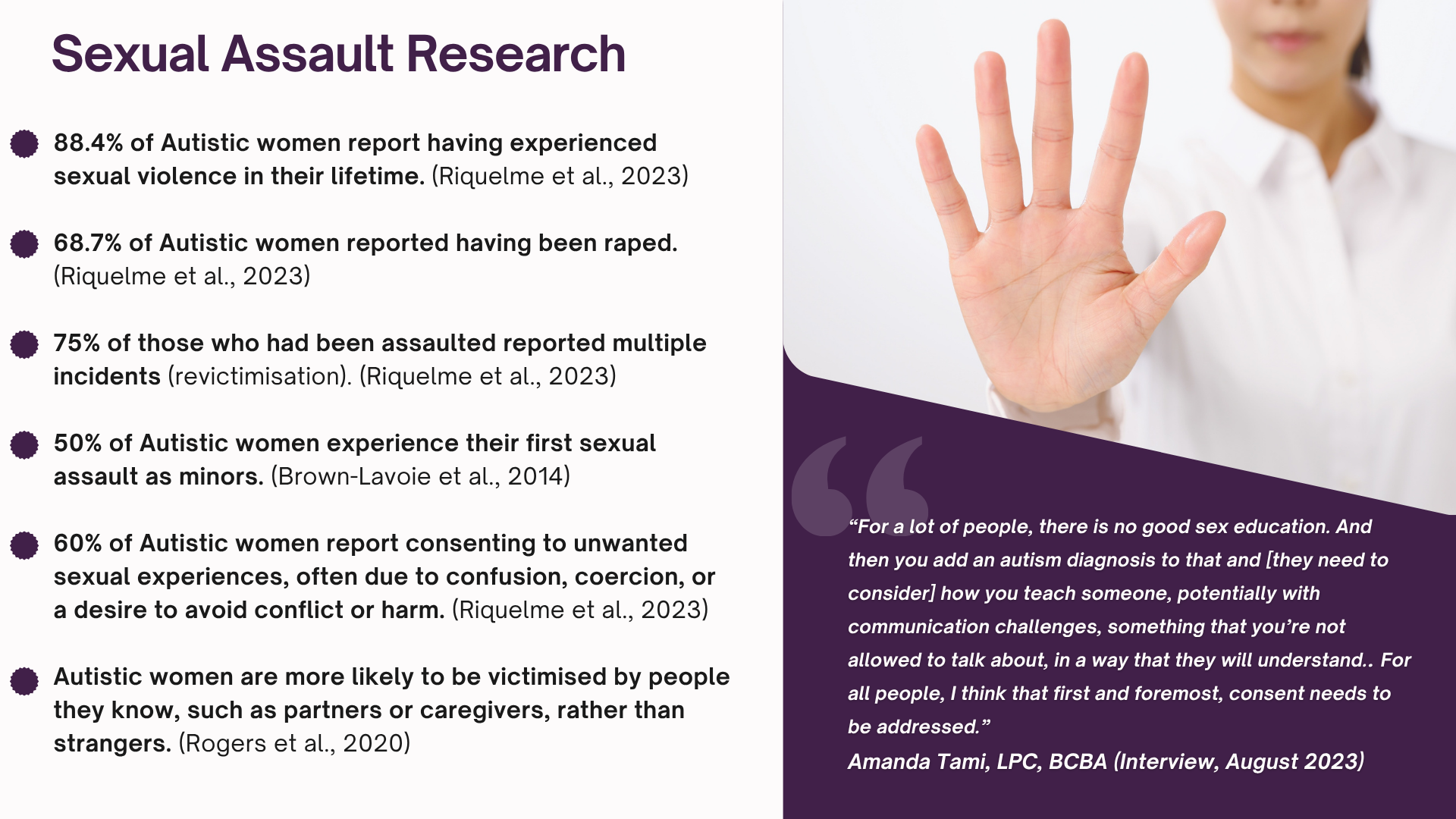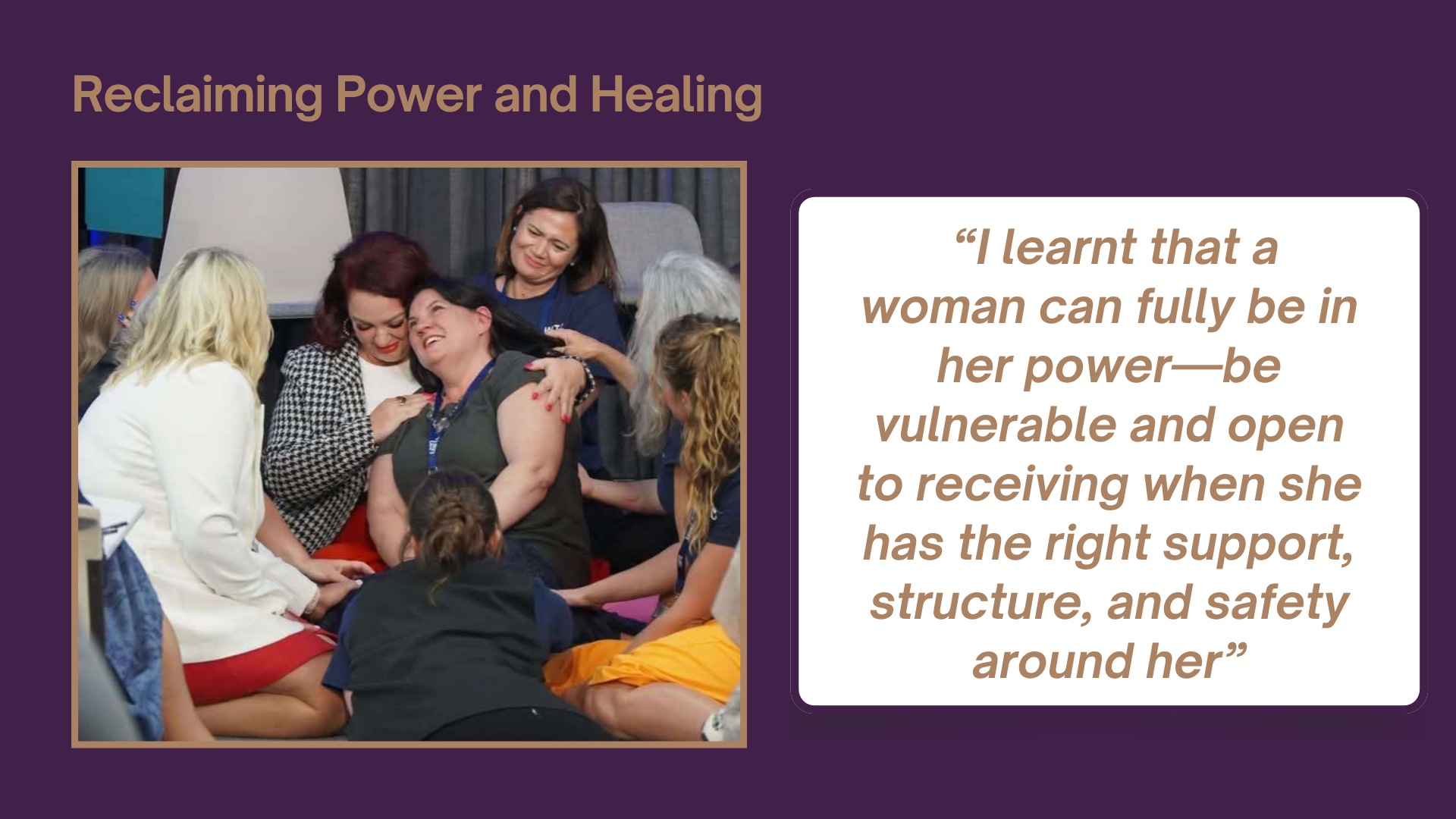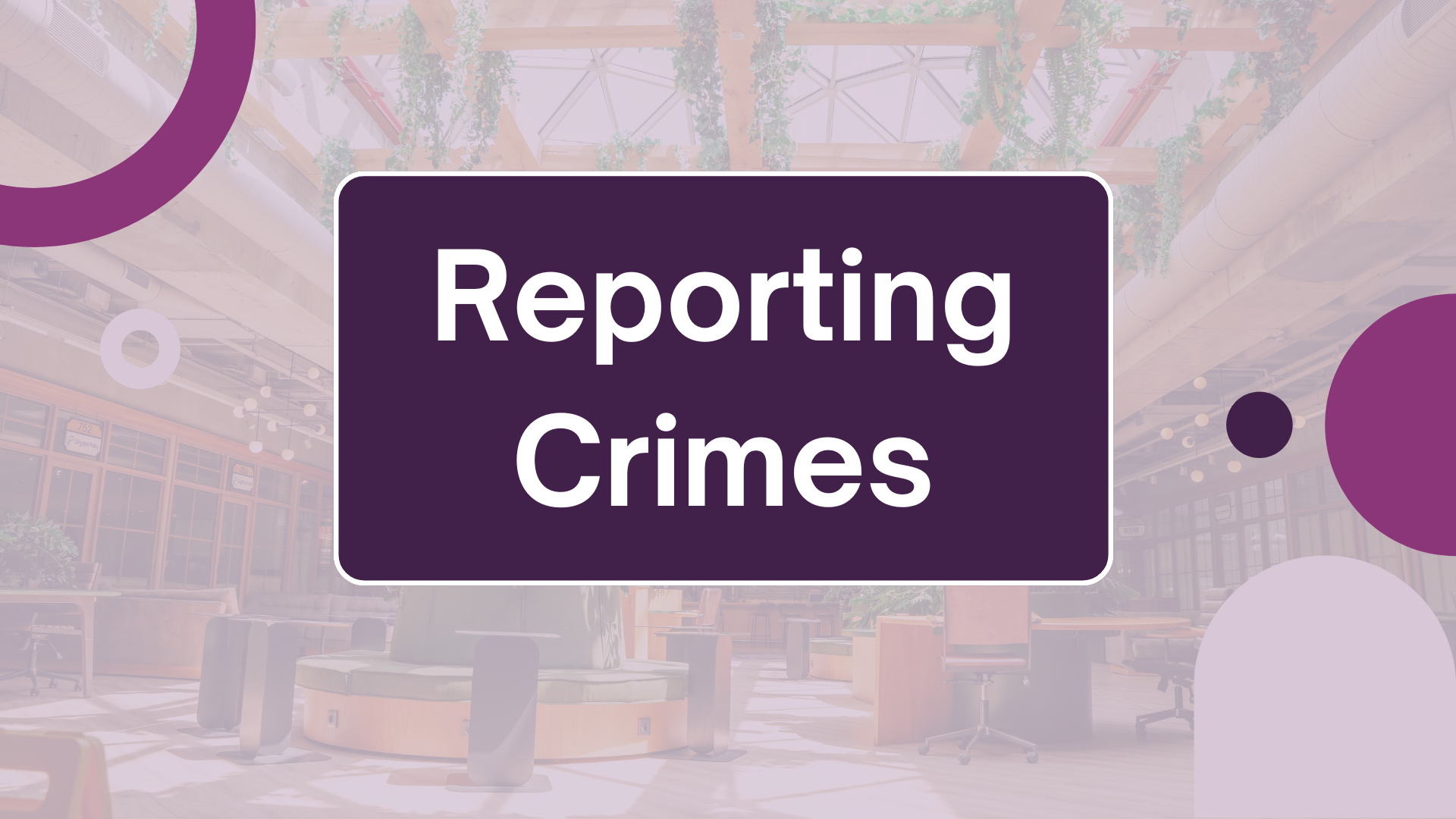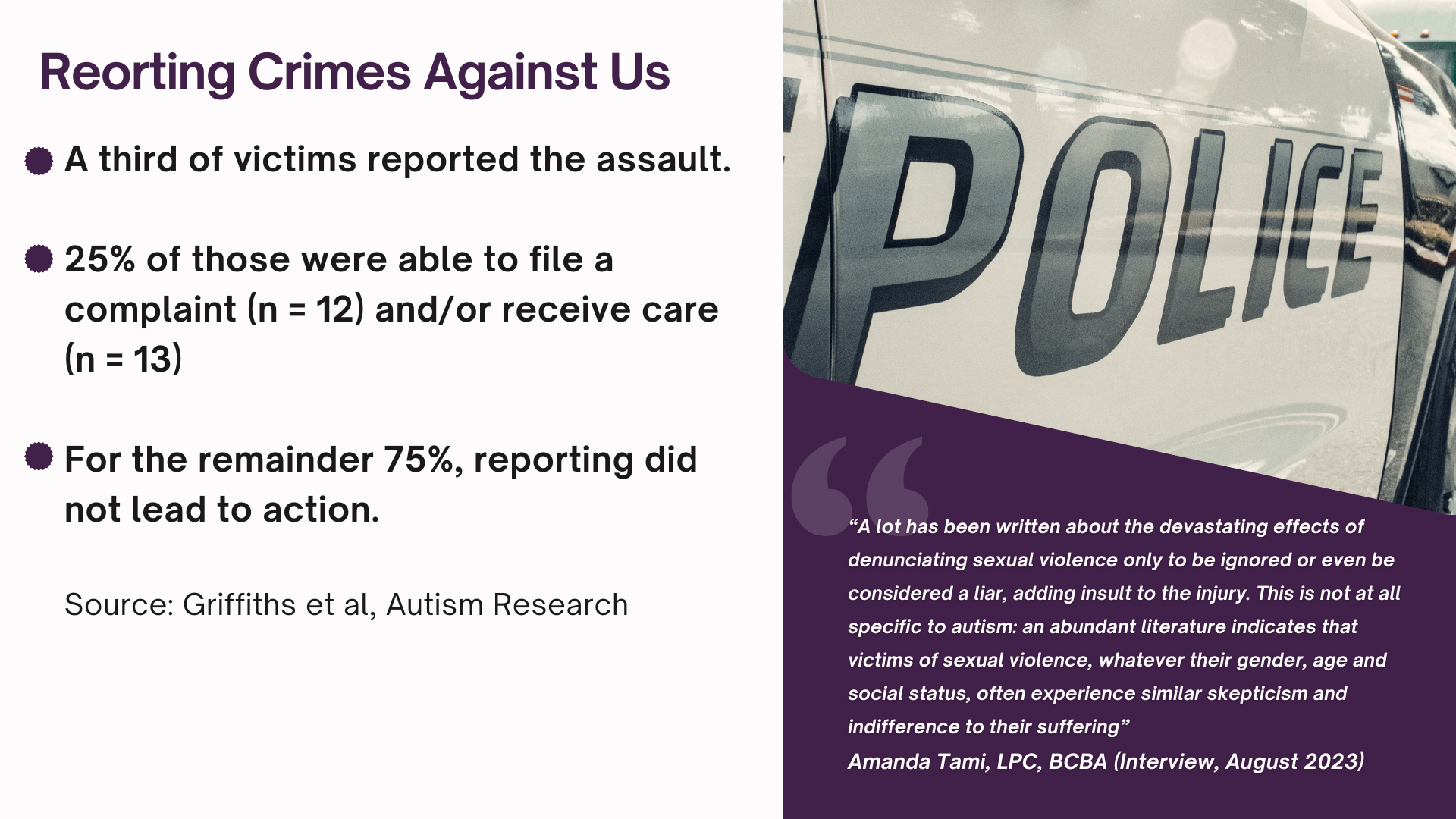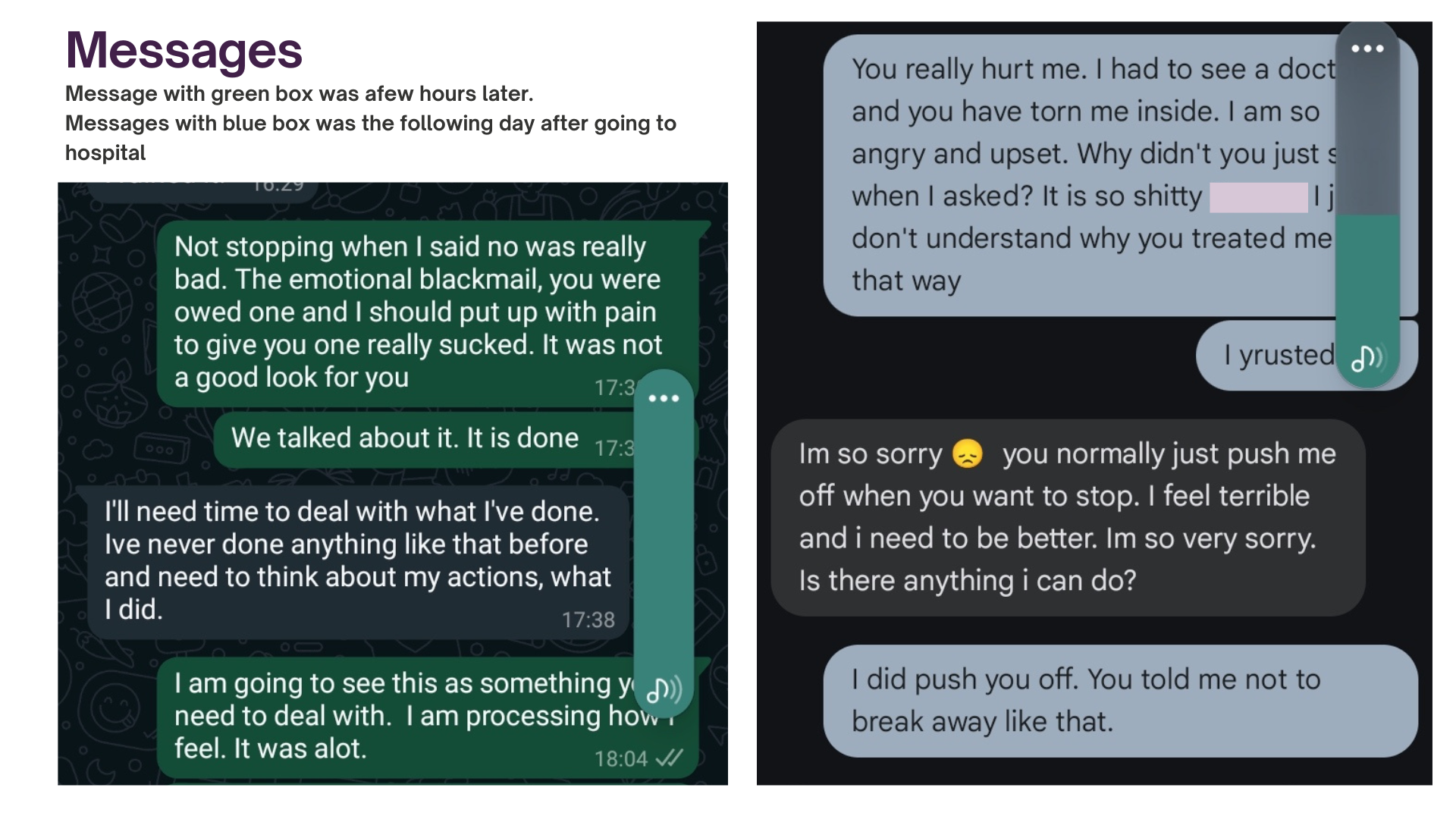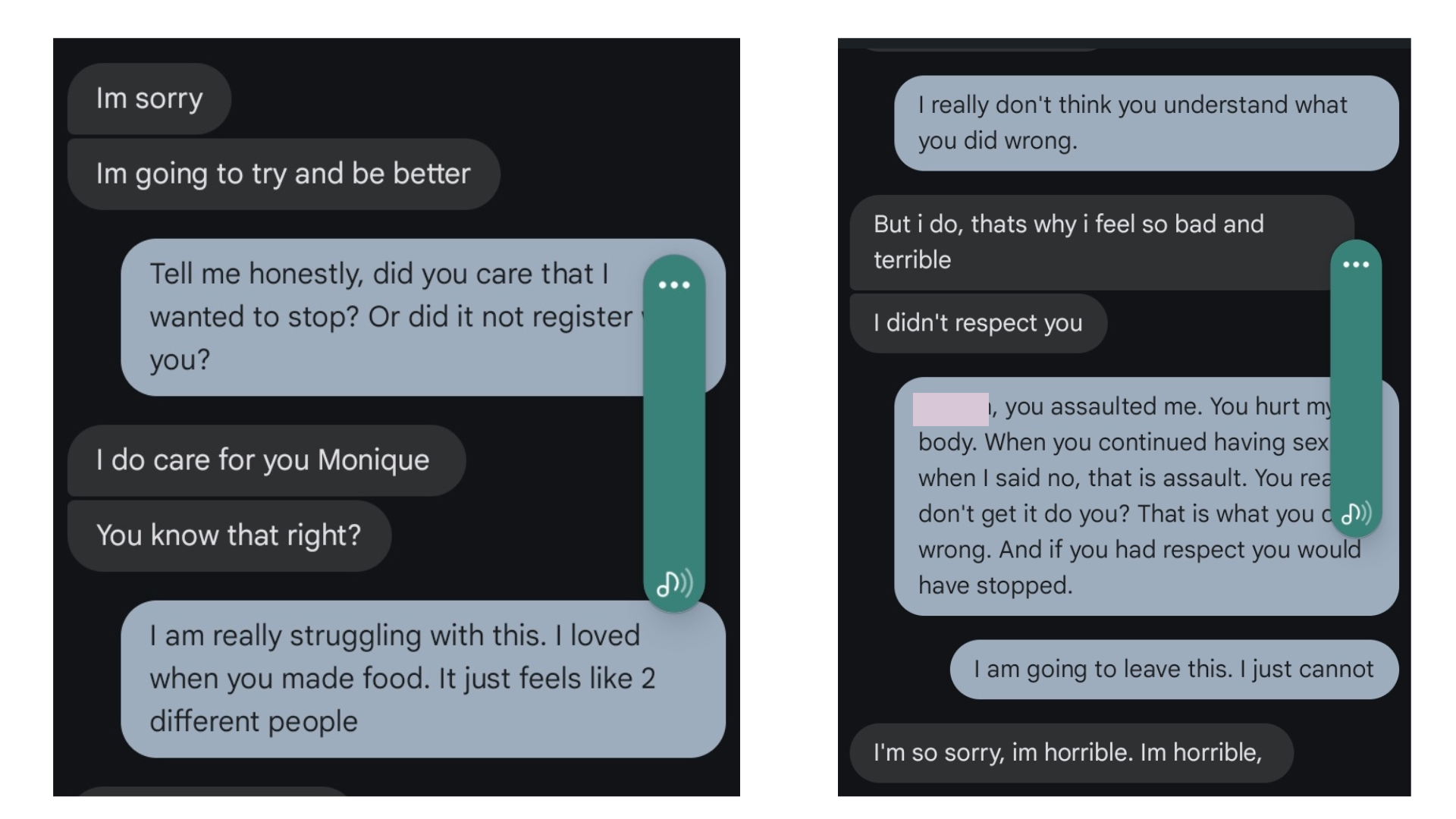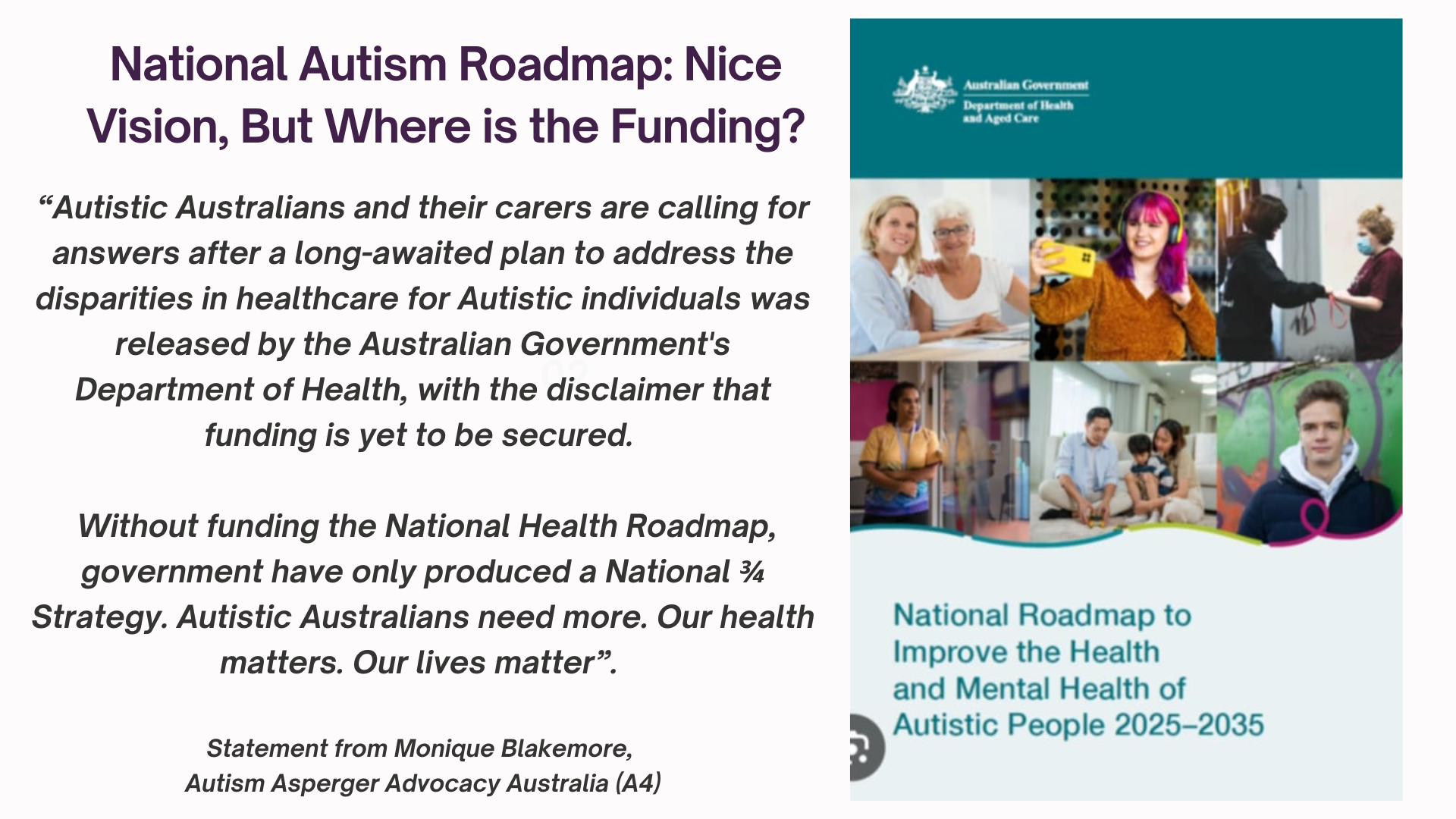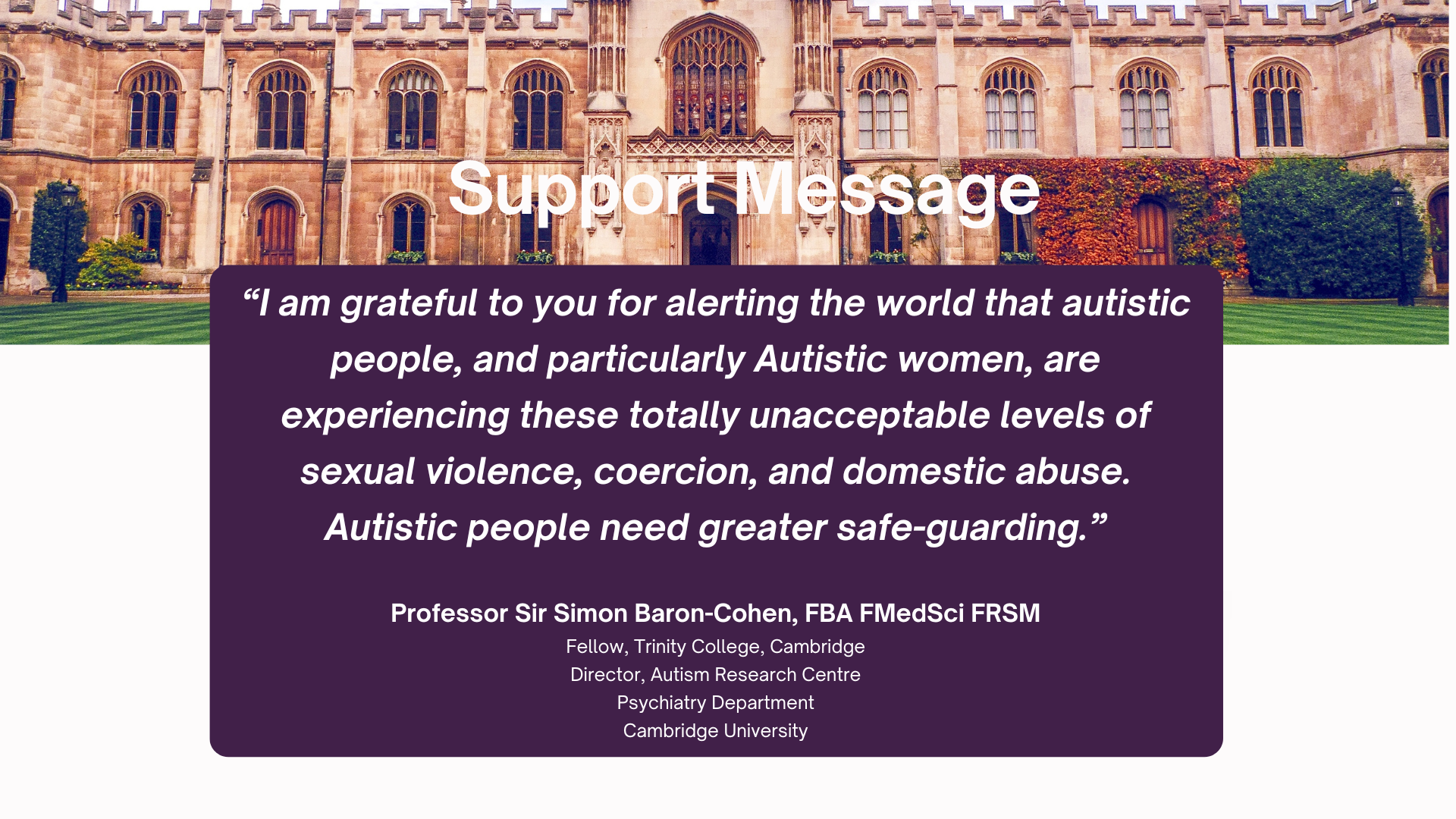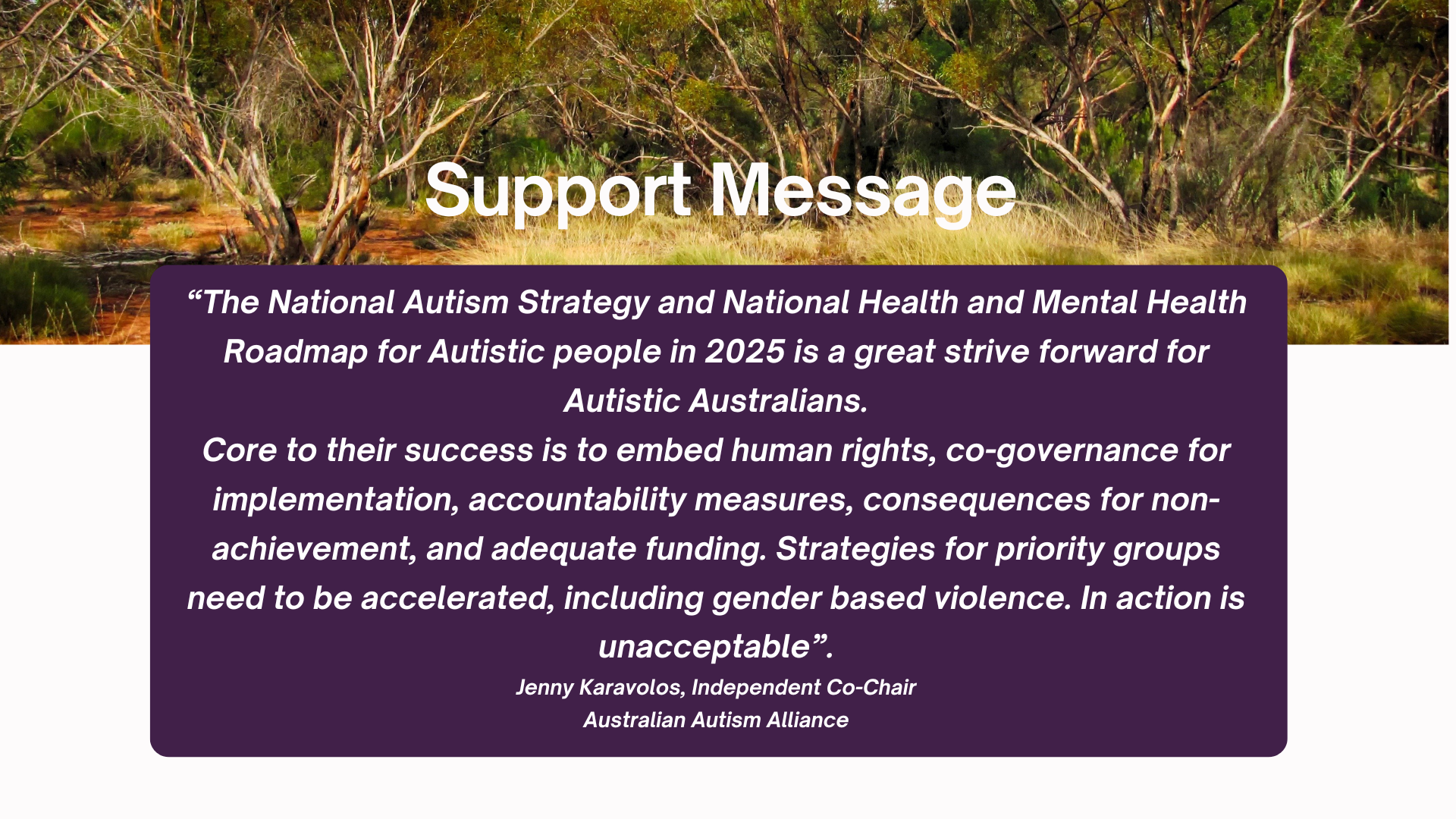This post may be deeply triggering for many in our community and I advise caution before going further. The topic relates to sexual violence and domestic violence discussed through the lens of lived experience relating back to research.
Good morning.
Before I begin, I want to chat with survivors here in the room and watching online.
I will be discussing personal experience and hearing me may bring up difficult feelings.
And you DON’T need permission to give yourself the SPACE you may require.
I want to start by acknowledging Alistair de Gaetano from Malta’s Government, whose full support for this topic has been invaluable. And Bob Buckley from A4. Their commitment reminds us that men are essential allies in creating cultural change.
I also want to acknowledge that this speech reflects my own experience shaped by privilege. A white woman with access to services and supports that many do not have.
I recognise that my story may not fully resonate with members of the First Nations, Culturally and Linguistically Diverse (CALD), and Culturally and Religiously Marginalised (CARM) communities. And this is not a gendered issue.
When I sit at policy tables it is my expectation that voices from these communities are sitting with me. If you ARE NOT, I will be asking, why?
Like many Autistic women, I’ve walked a long, painful path toward healing. For us, that journey often includes unique challenges.
- Difficulty identifying or naming emotions
- Sensory trauma and
- Having our experiences dismissed by professionals.
Healing can be harder when services aren’t accessible, or when we must repeatedly educate others about our needs while still in pain.
In my journey, I took part in an intensive NLP course. I CHOSE Elizabeth Walker for her unique insight into Autistic wiring. Ironically, my course was held during a cyclone, no power, no water —an external manifestation of the work happening inside me.
I learned how to anchor my emotional state. How to pause and respond instead of reacting. I became more self-reflective, more grounded.
I’ve also worked with a specialist trauma counselors and many many months of weekly sessions with my psychologist.
I have tools. I have awareness. I thought I was managing. Doing ok.
Until I wasn’t. Recently. (Pause, lower tone)
Relationship Pattern Identification
A connection that had long carried small doubts—questions about motives culminated in his desire to control this very speech and what I would say.
I realised:
This was not ok. And I started asking questions.
The fall out was a reminder.
Healing is not a straight line.
It’s a spiral. A cycle. Sometimes, it’s starting over. (Pause)
- Sexual Victimisation
Last year, within six weeks, I was harmed by two men I trusted (you’ve got this! Breathe. Calm.)
We are in New York, and for many, September 11 is a date burned into memory. For me, it’s also the date I was raped.
By someone I knew. Someone I trusted. Someone I thought cared about me.
Many Autistic women come to accept abuse as our normal, believing that this is simply how men are with us. This acceptance is NOT a reflection of weakness but a survival mechanism in a world that often OVERLOOKS and DISMISSES our experiences.
For me, and many of my peers, it was AFTER my autism diagnosis that I looked back at previous relationship experiences — they were not just “bad relationships” or a series of “misunderstandings”
They were crimes. (Pause)
Research shows Autistic women are more likely to be targeted due to
- communication differences
- difficulty reading social cues
- and a history of being misunderstood or disbelieved.
These vulnerabilities are well-documented in the literature on victimisation of neurodivergent populations highlighting systemic gaps that leave us at higher risk. (breathe!)
Here’s what the research says:
- 88.4% of Autistic women have experienced sexual violence.
- 75% of those report multiple assaults. (Riquelme et al., 2023)
- 68.7% report having been raped. (Riquelme et al., 2023)
- 50% experience their first assault as minors. (Brown-Lavoie et al., 2014)
- 60% report consenting to unwanted sexual contact—out of fear, confusion, or a desire to avoid conflict. (Brown et al., 2021)
I didn’t IMMEDIATELY have the language to explain what happened.
I thought: I said no. That I wanted to go home. I tried to move away. I told him he was hurting me.
When I realised I had no control, I said:
“If you’re going to keep doing this, please go slow. Please be soft.” (Pause, low tone)
That wasn’t consent.
That was negotiating for safety—a response shaped by trauma, not choice.
According to trauma-informed models of consent, such as those outlined by the World Health Organization and echoed in academic research true consent must be:
- freely given
- Informed
- Enthusiastic
- Specific
- and reversible.
Anything less—especially under coercion or fear—is not consent. (Clear, firm)
- Domestic Violence (~2.5 minutes)
Domestic violence against Autistic women is often hidden beneath the surface.
The data is clear:
- Autistic women are 2.48 times more likely to experience domestic violence than non-Autistic women. We stay longer in abusive relationships, often because:
- We depend on the abuser for communication, finances, support, or housing.
- We struggle to recognise abuse.
- We fear we won’t be believed.
We also face more intense experiences of coercive control and gaslighting due to:
- Literal thinking
- High empathy
- Sensory sensitivities
Yet these factors are rarely recognised by police or courts. When we try to leave, we face barriers:
- Fear of child removal
- Lack of accessible services.
- Not being asked about disability during support intake.
My research with Cambridge University and their Autism Research Centre said 1 in 5 mothers of an autistic child has been assessed by child protection services. And of those women, 1 in 6 had their child forcibly placed for adoption by a court order. Fear is justified.
This is not child protection. It is institutional discrimination.
It is a human rights violation. Our children have been, and are, being stolen without aology, without systemic change.
Support services MUST be seperate from government bodies related to child protection.
- Reporting and Justice (~2.5 minutes)
After the rape I was in pain. I attended the hospital, a nurse led me to a quiet room. A social worker kindly explained my options.
I see this like watching a movie. In truth, there are so many times in my life where I have that feeling. Not present. Removed from my own reality.
I did not know what I wanted. So I said: “I don’t want to make a decision that limits my future options.”
And I agreed to the forensic exam. But no one asked if I was disabled.
This is more than a data oversight. It represents a missed opportunity to offer tailored support. When a woman’s capacity to self-advocate is diminished by trauma, proactive inclusion matters. (Measured, concerned)
I chose to report.
I gave detailed police interviews.
I submitted medical evidence.
I showed messages in the hours after the rape and messages after my initial talks at the hospital. I was co-processing what happened to me, with my abuser.
“I’m sorry” he wrote.
“I’ll need time to deal with what I have done.” “I’ve never done anything like that before.” “I’m so sorry. I’m horrible. I’m horrible.”
Still, the police decided not to prosecute. What MORE would have been required for my experience to be worthy of justice? (Pause, challenge)
What more must an Autistic woman do to be believed?
I look at research on reporting to try and make sense on what STILL does not ….
- Only 1 in 3 victims report their abuse.
- Of those, only 25% result in formal complaints.
For Autistic women, barriers are high:
- Communication challenges lead to misinterpretation by police.
- Flat affect or lack of eye contact are misread as dishonesty.
- Sensory overload in police stations or courtrooms can retraumatise victims.
Without systematic training and procedural adaptation, the justice system will continue to fail Autistic survivors.
The Judicial College of Victoria (2022) notes courts rarely provide appropriate accommodations, compromising procedural justice when victims cannot process or participate effectively.
Without embedding Autistic led training across all levels of the legal system—from first responders to prosecutors—the cycle of disbelief, retraumatisation, and case dismissal will continue. (Serious, firm)
- Reclaiming Power and Healing
So, what does healing look like?
It isn’t polished. It isn’t neat. It’s raw. It is informal supports.
It is learning what healthy masculinity is. (Warm, calm)
In my NLP training I was on stage, an intervention on my trauma, and I was being held by course facilitators. It wasn’t familiar to me. I was holding in my pain. Showing my strength. Deeply uncomfortable.
I opened my eyes and I was surrounded by women, many with tears in their eyes. All there radiating caring. And I learnt that a woman can fully be in her power—be vulnerable and open to receiving when she has the right support, structure, and safety around her. (Soft, hopeful)
Back home in Australia I am committed to advancing the Autism Health Roadmap—a visionary plan for equitable healthcare I was working on from it’s inception. That it was released without funding told Autistic people that our health, our lives, our healing is worth less than the coins found in the bottom of your pocket.
I worked with People With Disability Australia on their Building Access Project that makes domestic violence services accessible to women with disabilities – and we need it to be available throughout Australia, not just NSW.
And the Autism Strategy, a plan to bring equity across all aspect of our lives must have ;
- TRUE codesign by ACTUALLY autistic people
- Legislation
- And a redress system as we we do not have the best human rights protections without a Human Rights Act.
For me, healing has been about telling the truth. Not giving protection with my silence.
It’s looking at statistics and saying:
“This isn’t okay.”
And sharing my story is not just for me—
But for every survivor who never got to speak. Who were never heard.
For the nuerodiverse women, like Ezaria Hudson, who were failed by the systems that were supposed to support them, and are no longer here with us.
Thank you.
Sub Heading
Sub Heading
Sub Heading
Sub Heading
Sub Heading
Sub Heading
Sub Heading
Sub Heading
Sub Heading
Sub Heading
Sub Heading
Sub Heading
Sub Heading

